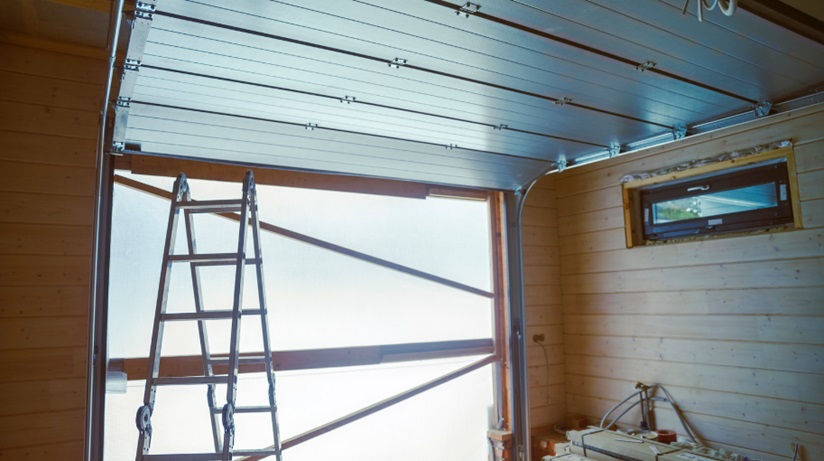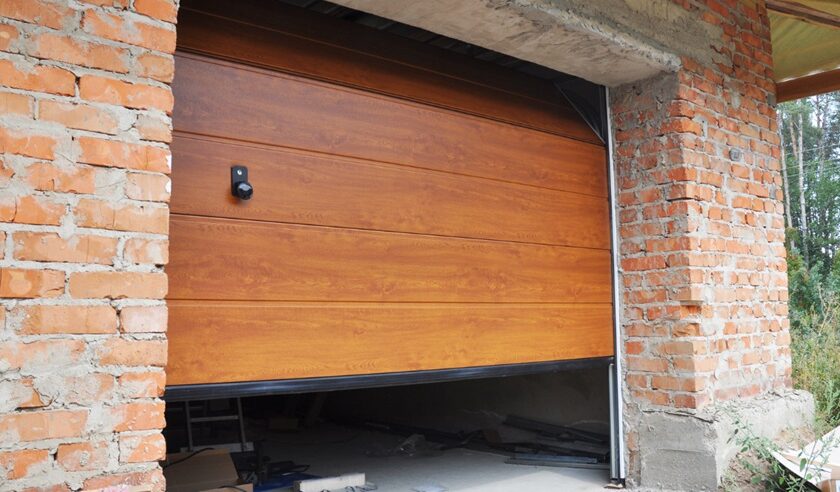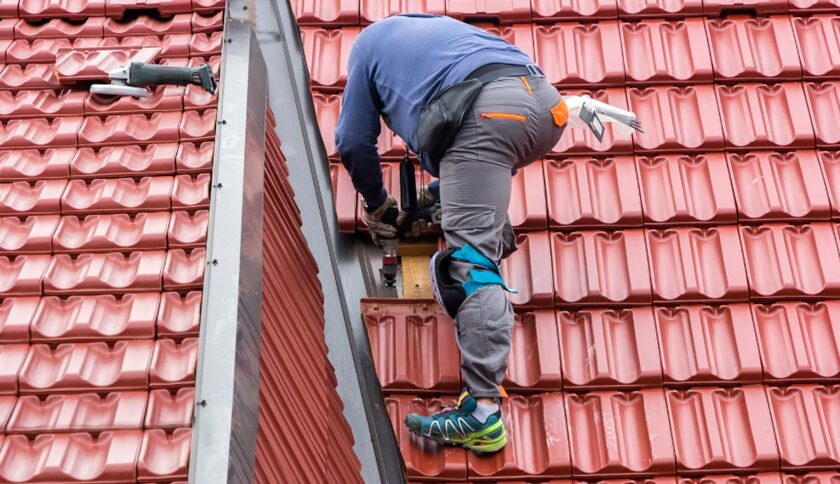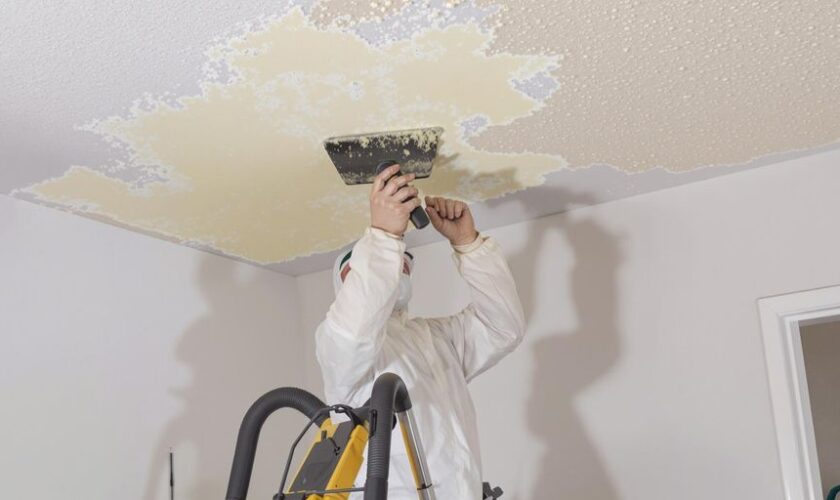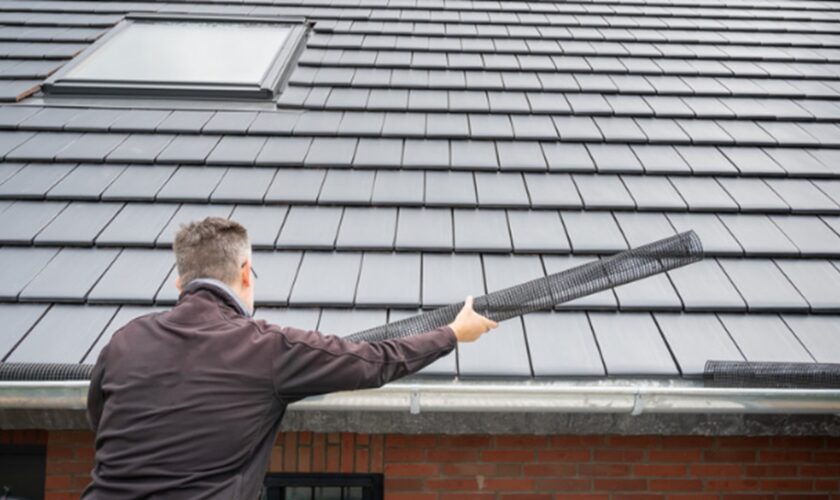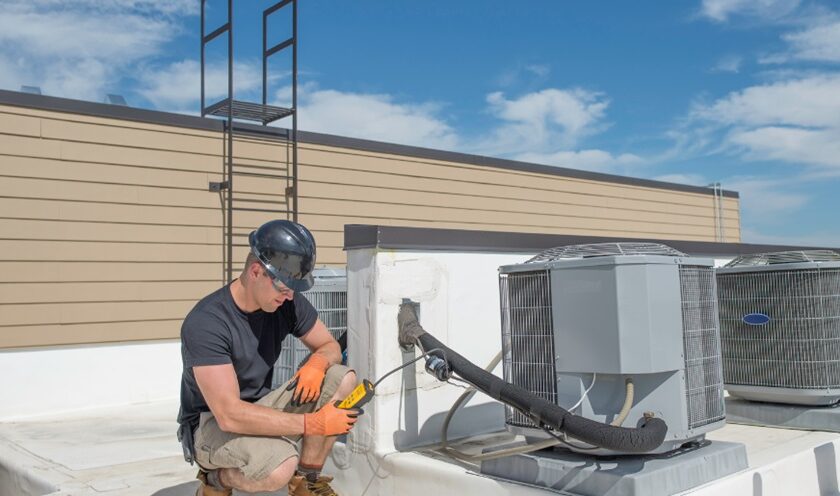Building a deck is an exciting way to enhance your outdoor living space, but choosing the right location is key to its success. The placement of your deck affects not only how it looks but also how functional and enjoyable it is over time. Consulting with a deck company in Delaware can help you select the best location that suits both your lifestyle and your property. Here are four important factors to keep in mind when deciding where to place your deck.
1. Sunlight and Shade
The amount of sunlight or shade your deck receives throughout the day can significantly affect its usability. Observe how the sunlight moves across your yard at different times, and choose a location that fits your needs. A deck that gets too much sun might feel too warm and uncomfortable in the summer, while a completely shaded spot could lead to moisture problems like mold and mildew.
Think about how you plan to use your deck as well. A sunny area might be perfect for morning coffee or sunbathing, but if you plan to entertain guests, you may want to incorporate shade solutions, such as umbrellas or pergolas, to keep the space versatile.
2. Proximity to the House
How accessible your deck is to your home is another critical factor, especially if it’s intended for activities like outdoor dining or social gatherings. Placing your deck adjacent to your kitchen, dining area, or living room can create a seamless flow between indoor and outdoor spaces. Also, consider the location of utilities, such as outdoor power outlets or water sources, as they may influence where your deck is most practical.
When planning your deck, it’s important to avoid issues that could disrupt functionality. Addressing common deck-building mistakes and how to avoid them will help you create a deck location that aligns with your home’s layout and enhances its overall design.
3. Privacy Considerations
Your deck should be a relaxing retreat where you can unwind without feeling exposed. Pay attention to how visible your potential deck location is to neighbors or from the street. Trees, existing fences, or landscaping can offer natural privacy, but additional features like trellises, privacy screens, or pergolas may also help create a more secluded atmosphere.
Privacy also ties into effective planning, which is central to preparing your property for a deck installation and what to expect, as these features can make your deck a serene and inviting space for both everyday use and entertaining guests.
4. Views and Surrounding Landscape
The best deck locations often highlight the beauty of the property. Consider what views you want to enjoy while you’re on your deck. Whether it’s a tranquil garden, a scenic water feature, or an open green space, orienting your deck to complement these elements can enhance your experience.
At the same time, think about how the deck’s design integrates with the surrounding landscape. A raised deck might offer better views, while a ground-level deck could harmonize more naturally with a garden or patio area. Balancing functionality with aesthetics ensures your deck becomes an inviting addition to your property.
Conclusion
Choosing the perfect location for your deck involves a careful balance of light, accessibility, privacy, and views. Each of these factors plays a crucial role in determining how much you’ll enjoy the space. Working with a deck company can help you make informed decisions and find the best design to suit your home and lifestyle. With thorough planning and attention to detail, your new deck can quickly become one of your favorite places to relax, entertain, and enjoy the outdoors.

